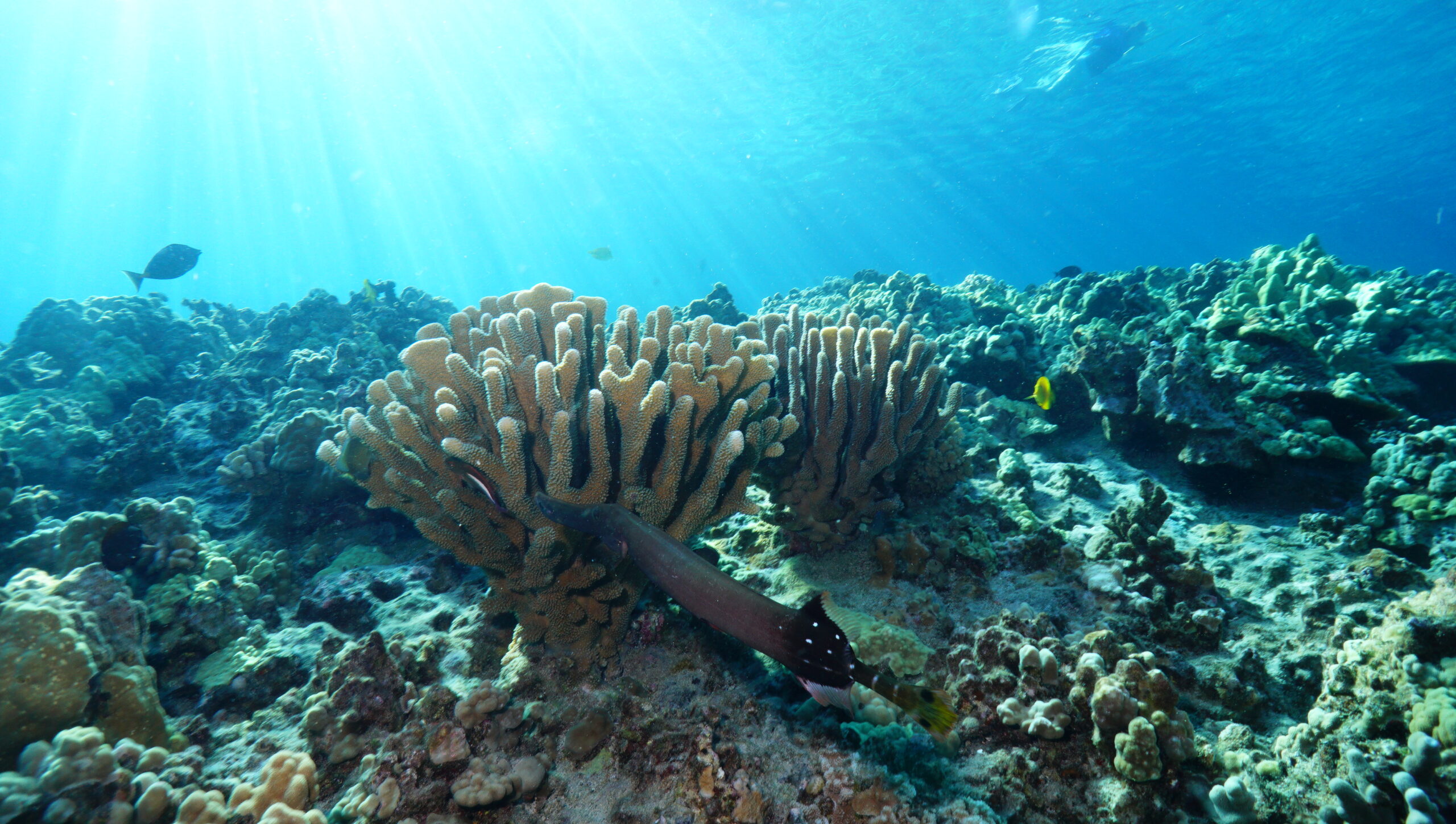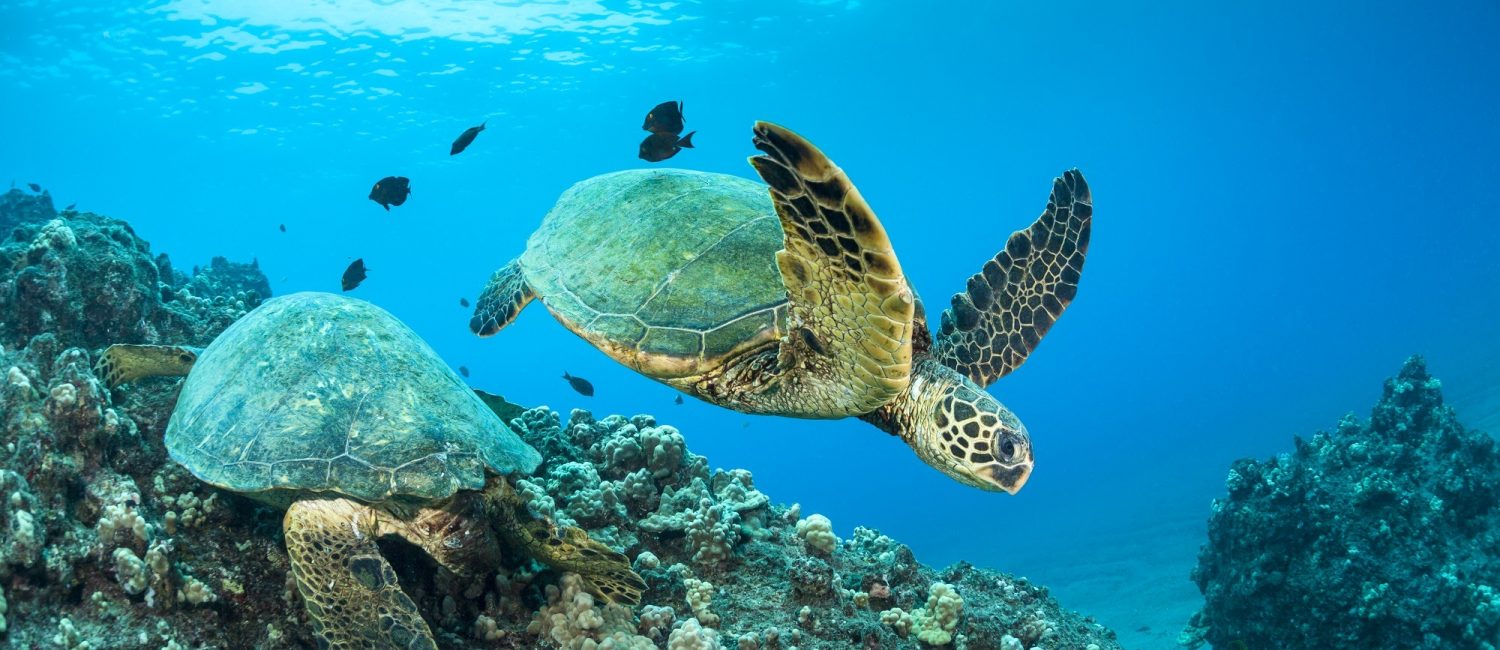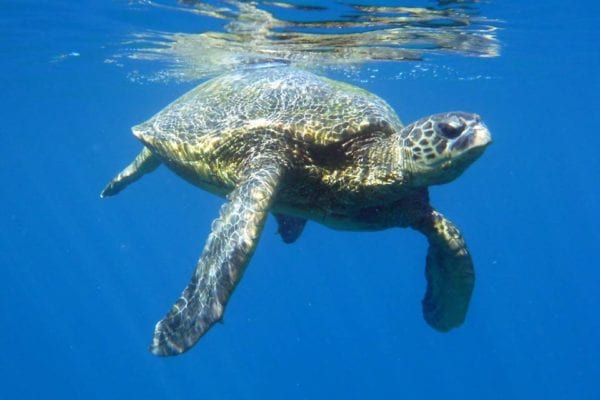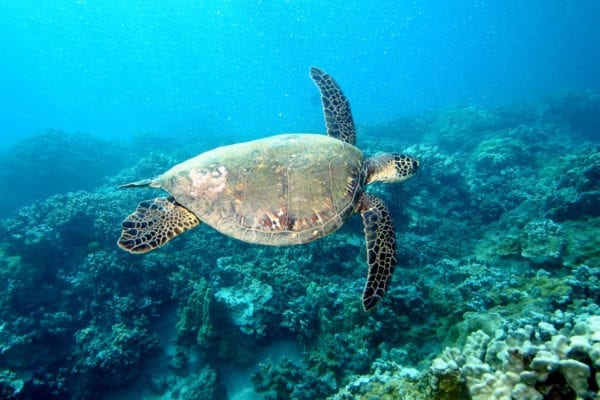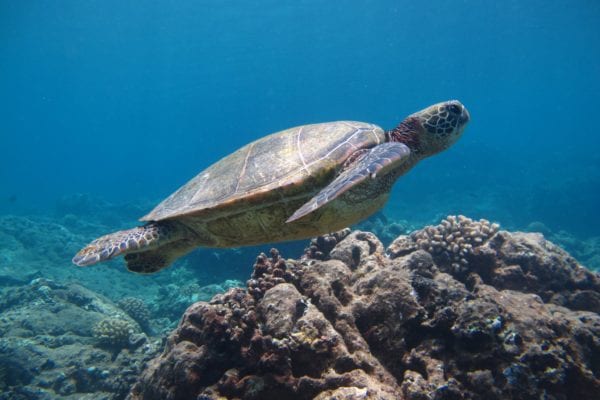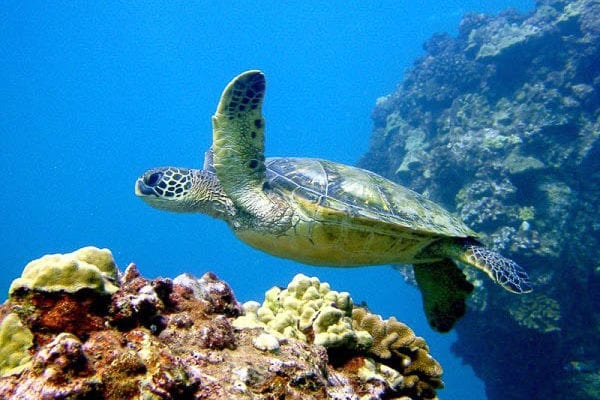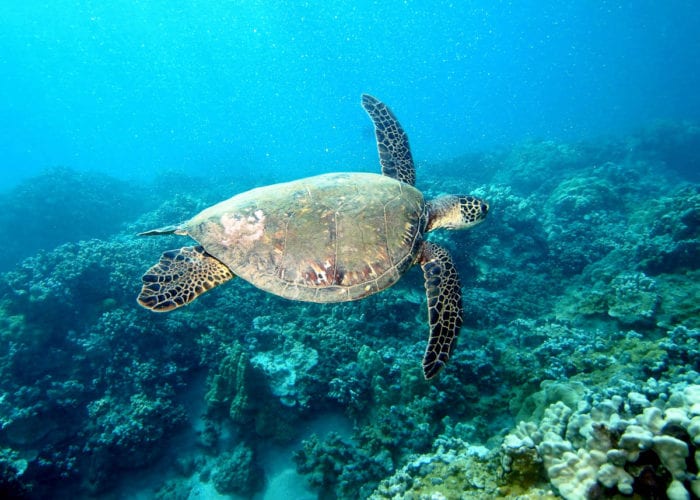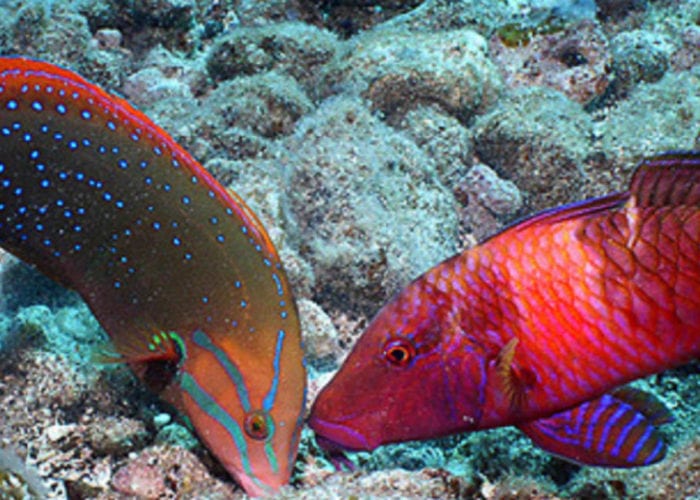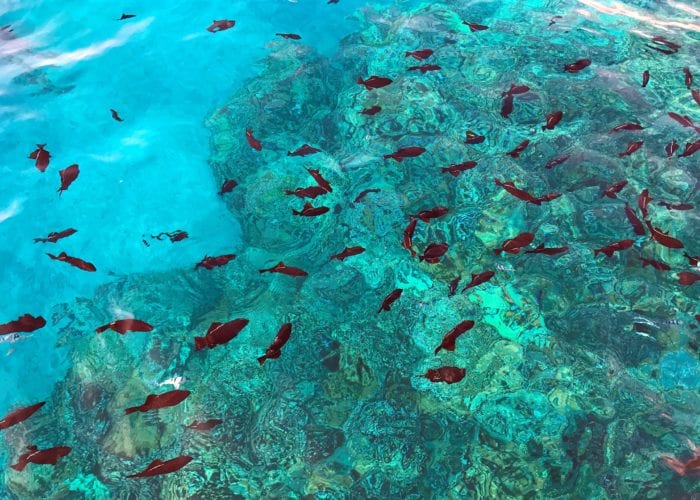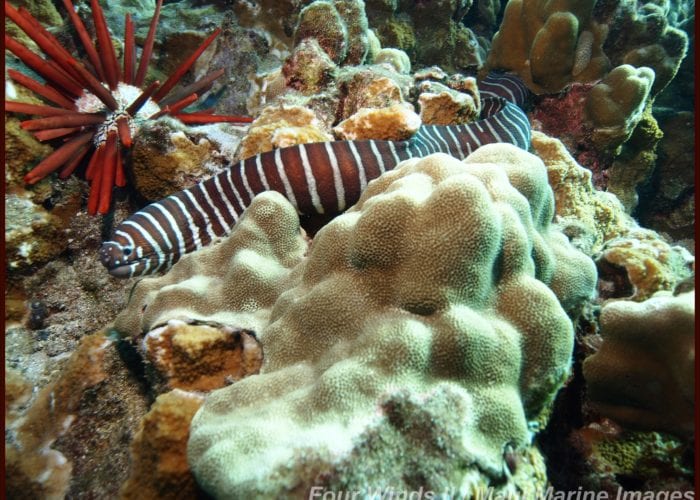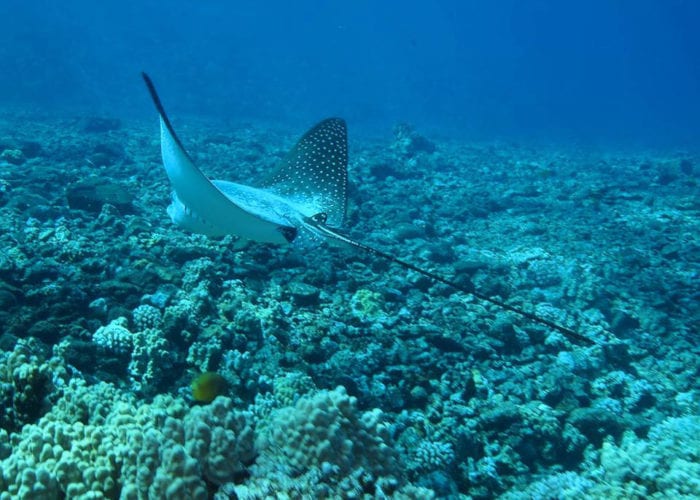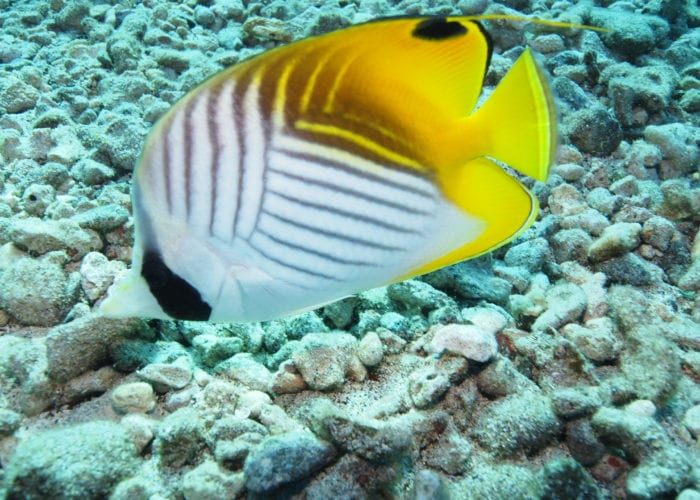Coral Gardens: Maui’s Best Turtle Snorkeling Destination
Coral Gardens is one of the best snorkeling spots on Maui. Whether you’re looking for colorful tropical fish or a chance to swim with Hawaiian green sea turtles, Coral Gardens has it all. Located just south of Olowalu and fronting the gorgeous West Maui Mountains, this lush environment allows marine life to thrive.
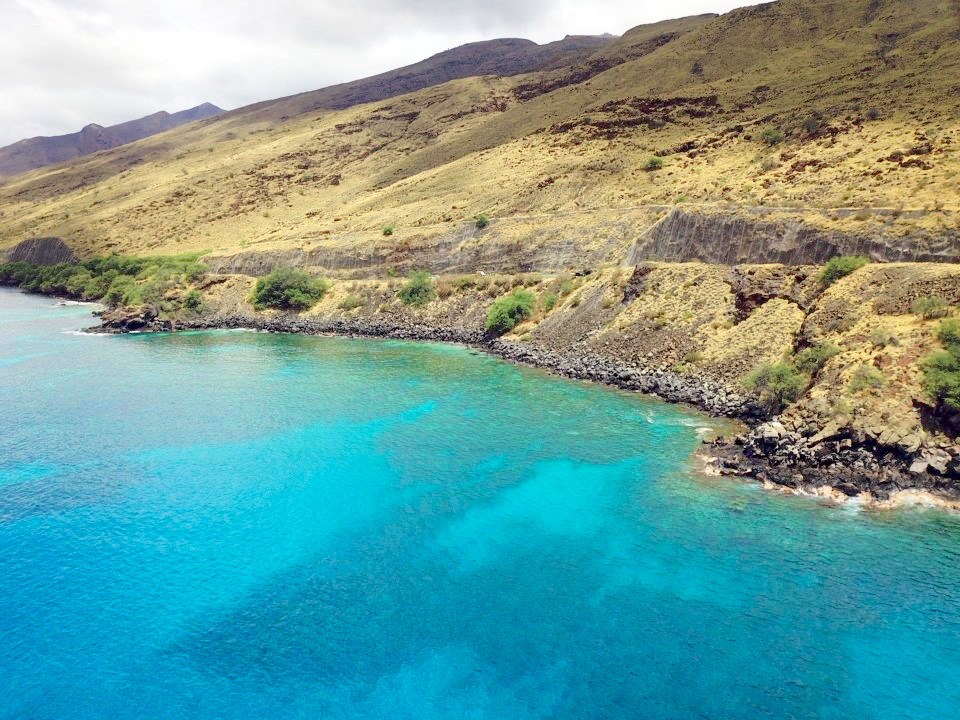
Spectacular Snorkeling Experience
Coral Gardens is a unique, beautiful natural reef formation that is in a protected bay, on the west side of Maui. Coral Gardens is located near the coastline, along the Pali Highway Mountain Pass before Olowalu. Cliff lines surround this cove to protect it from wind and rough seas. This snorkel spot is only safely accessed by boat. It is truly special, because of what lies beneath the surface… the coral formations here and marine life (including turtles) are SPECTACULAR!
With only a few boats at this location, this snorkel spot is more elite and private. With visibility reaching 40 feet, its crystal-clear waters and large coral heads make the views for snorkeling breathtaking.
Olowalu, also known as ‘Turtle Reef”, is next to Coral Gardens. This area is known for its large numbers of Hawaiian Green sea turtles and brightly colored tropical fish, which makes it a “must see” Maui snorkeling site.
Marine Life at Coral Gardens
Coral Gardens is home to a wide variety of colorful tropical fish and marine animals. Unlike Molokini, Coral Gardens is located closer to the shoreline. Due to its shallower location and proximity to shore, Coral Gardens provides a much higher chance of getting to snorkel with turtles, and see these beautiful Hawaiian turtles in the water!
Coral Gardens History
Over 500,000 years ago, lava from the Mauna Kahalawai crater flowed down into the ocean creating lava fingers. Now, you can find incredible marine life thriving off the volcanic formations. Coral Gardens is one the best snorkeling locations on Maui, radiating color and life along the ocean floor.
What You Can Expect to See While Snorkeling at Coral Gardens
Prepare to see a breathtaking variety of tropical fish, including triggerfish, angelfish, parrotfish, and butterflyfish. Some of the marine animals you may encounter during your snorkel trip are Hawaiian monk seals, Hawaiian green sea turtles, crabs, octopus, and even eels.
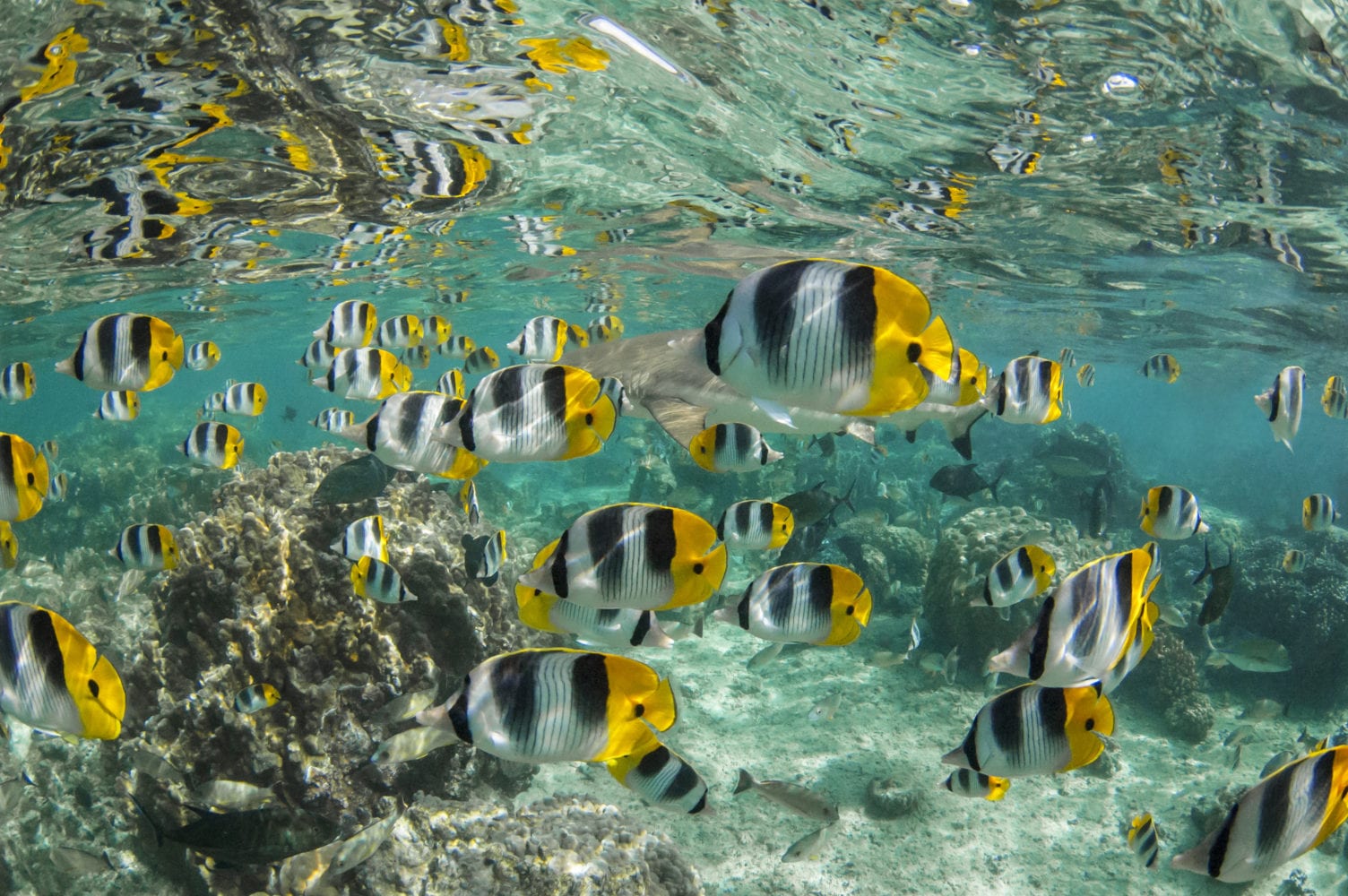
Coral Gardens Facts
- Coral Gardens is accessible only by boat.
- The tall rock cliffs, of Maui’s Pali Coastline, provide excellent shelter making the water calm and clear.
- Hence the name, this location teems with a variety of corals and large coral heads.
- Green Sea Turtles are often spotted feeding here, along with an occasional Monk Seal.
- The protective shelter, all the coral provides at this location, makes this spot home to thousands of fish.
- Coastal Living Magazine listed Coral Gardens in their “World’s Top 10 Snorkel Sites.”
Maui Reef Conservation
The Four Winds is proud to assist in the conservation and protection of the coral reefs surrounding Maui. We strive to help educate everyone we take snorkeling. We encourage guests to use Reef Safe Sunscreen (also offered onboard all our vessels) and ask you to not touch marine life as it can be damaging to the fragile coral and ecosystem.
The Four Winds proudly supports and donates to the Maui Nui Marine Resource council, acknowledging the important of Maui County’s reefs as a vital component of our island community.
